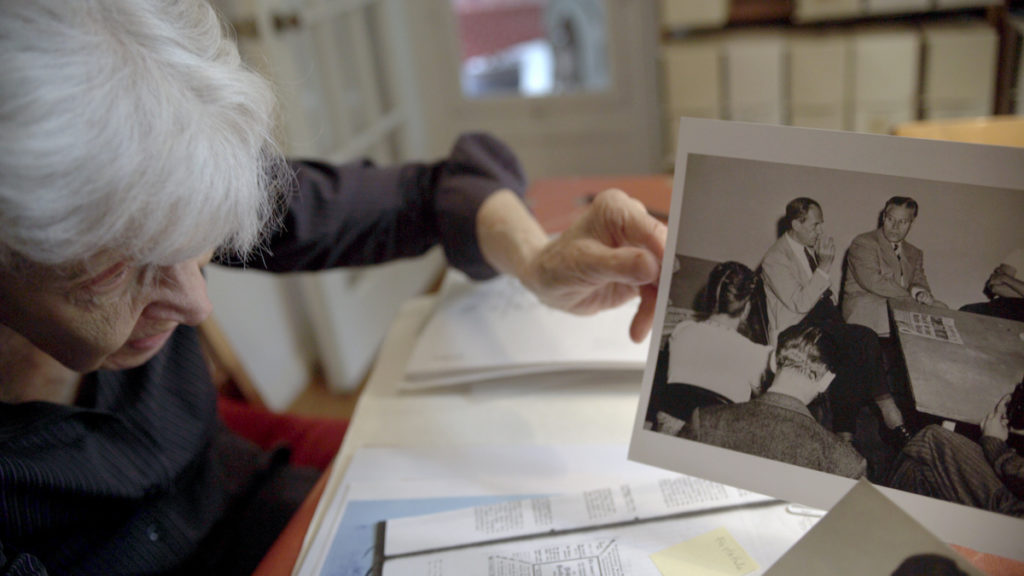
Directed by award-winning filmmaker Alysa Nahmias, The New Bauhaus centers around the creative and controversial genius László Moholy-Nagy who immigrated to the U.S., after being forced into exile by the Nazis, and helped establish The New Bauhaus school in Chicago.
Working closely with Moholy-Nagy’s daughter, Hattula, and the Moholy-Nagy estate, the filmmakers offer an intimate look at the man and school that forever transformed design, photography, and arts education in America and beyond through rare, archival footage and commentary by prominent figures in the art world like Olafur Eliasson and Hans Ulrich-Obrist. This year marks the 100th anniversary of the Bauhaus, which was revolutionary in its time and continues to influence art, design and popular culture today.
The New Bauhaus, from independent production company Opendox will premiere at the Architecture and Design Film Festival in NY (ADFF:NY) on October 16th followed by the Chicago International Film Festival on October 17th.
A contemporary of Bauhaus leaders Walter Gropius and Ludwig Mies van der Rohe, Moholy-Nagy moved to Chicago from Germany in 1937 while fleeing the Nazis, who had banned the school, deeming it obscene. The film captures a lesser-known but vitally important side of Moholy-Nagy. While notably recognized for his “relentlessly experimental” art and his ability to work across a wide range of mediums (painting, photography, typography, collage, sculpture, and film), imparting the ideologies of the Bauhaus was equally as crucial to him. Many of his central lessons at the school, such as the importance of constructivism and the marriage of technology and design, were also reflected in his own work.
“Moholy was not a conventional artist, and The New Bauhaus is not a typical biography,” notes the film’s director, Alysa Nahmias. “It’s about the tensions between art and commerce, tradition and experimentation, past and present — and future. It examines the life, philosophy, and artwork of Moholy in light of the idea that an artist is not merely a maker of objects; an artist is a maker of himself.”
Often called “mechanistic,” “appalling,” and “anti-humanist,” Moholy-Nagy was a design renegade, whose teachings influenced many of the artists and designers who would go on to define the second half of the 20th century. The creative minds behind the James Bond credits, the first cover of Playboy, Rolling Stones album covers and the Dove soap bar were all students of The New Bauhaus and its subsequent incarnations.
Through voice recordings of his wife, Sibyl Moholy-Nagy, Walter Gropius, and Studs Terkel; lush archival footage; and interviews with his daughter, past students, critics, and contemporary artists; The New Bauhaus is an intimate and deep look into one of the world’s most challenging and groundbreaking artists and his vast impact on modern-day culture.